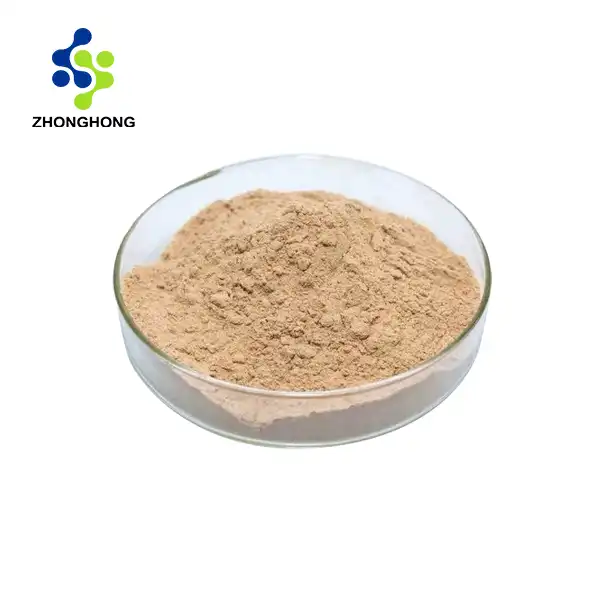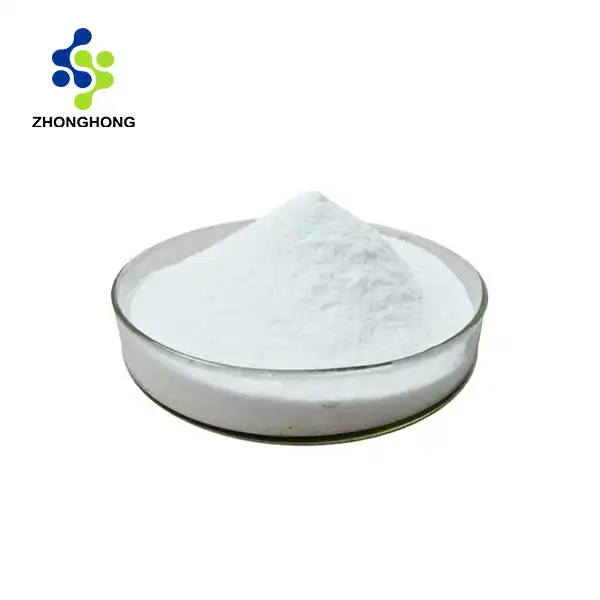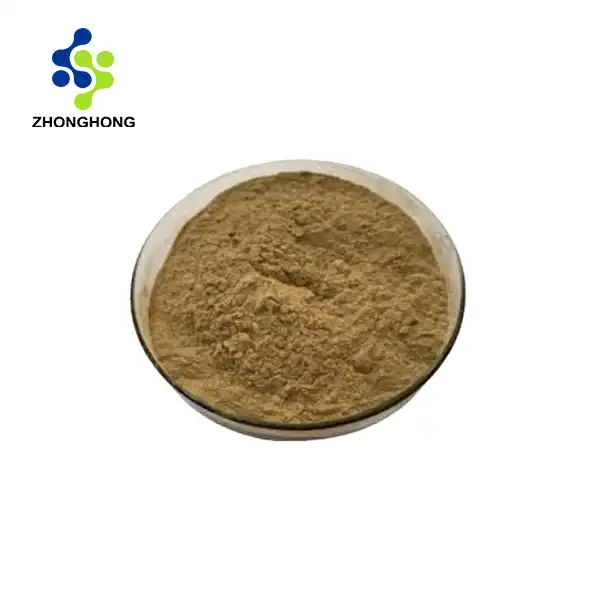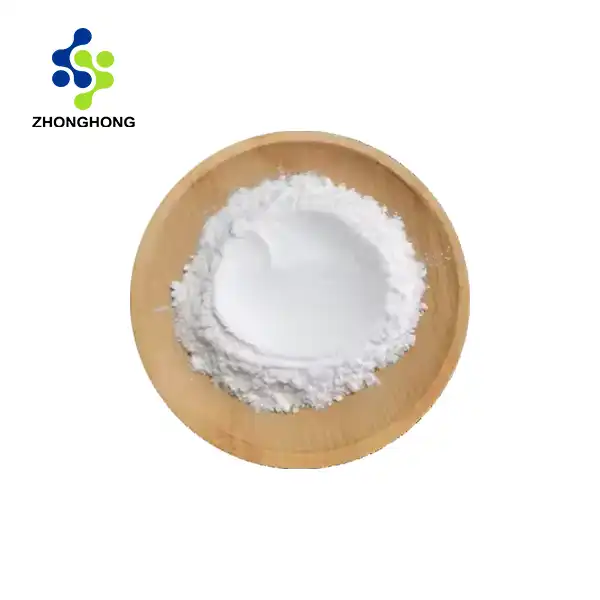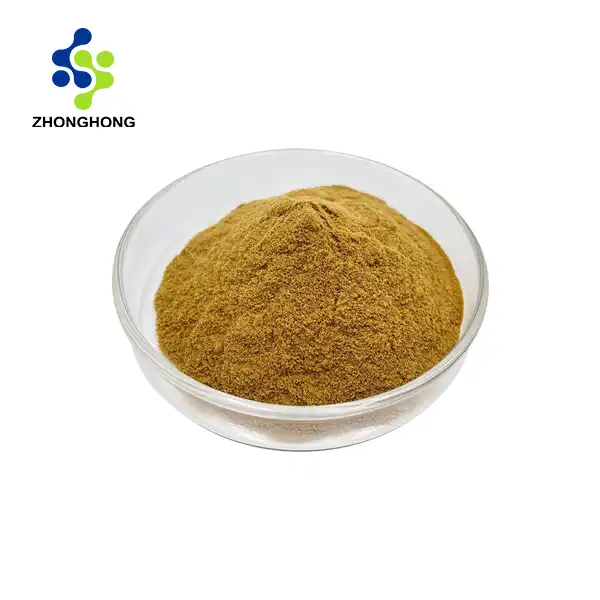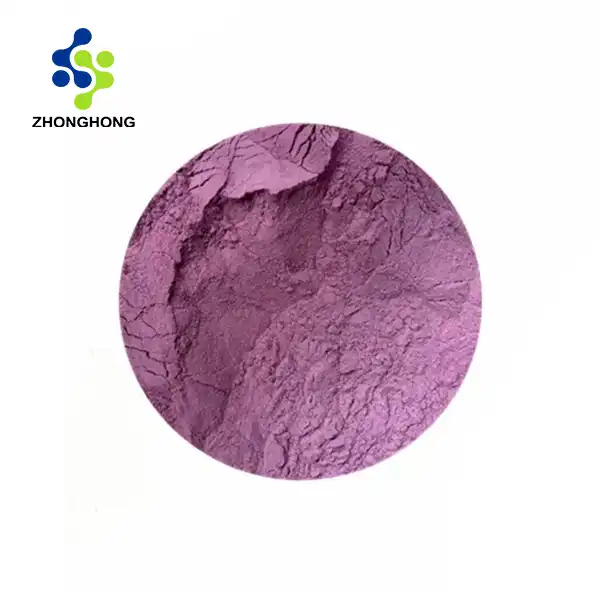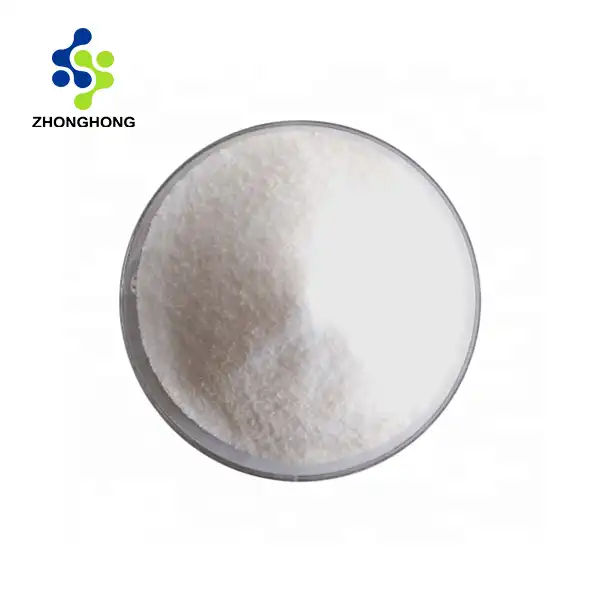Where to Buy Authentic Gardenia Blue Powder
2024-12-13 23:35:09
Gardenia Blue Powder, a natural food colorant derived from the gardenia fruit, has gained popularity in various industries due to its vibrant hue and versatile applications. This blog post aims to guide you through the process of finding genuine Gardenia Blue Powder, ensuring you make an informed purchase decision. We'll explore top online stores, provide tips for identifying high-quality products, and suggest affordable alternatives. Whether you're a food manufacturer, cosmetics producer, or creative enthusiast, this comprehensive guide will help you navigate the market and source authentic Gardenia Blue Powder for your specific needs.
Top Online Stores for Gardenia Blue Powder
E-commerce Giants
E-commerce platforms such as Amazon, Alibaba, and eBay provide easy access to a wide variety of Gardenia Blue Powder products from different sellers. These platforms offer the convenience of browsing through multiple options, reading detailed product descriptions, and checking customer reviews and ratings. This helps you make more informed decisions about product quality and authenticity. However, it's important to be cautious and conduct thorough research on sellers before making a purchase to avoid counterfeit products and ensure you’re getting the best value.
Specialized Ingredient Suppliers
Specialized ingredient suppliers that focus on natural colorants and food additives often provide high-quality Gardenia Blue Powder. These suppliers are experts in the field and can offer detailed product information, including the sourcing and production processes. Companies like Sensient Technologies, Chr. Hansen, and DDW The Color House are well-regarded for their reliability and product consistency. Purchasing from such suppliers not only ensures the authenticity of the powder but also provides the benefit of expert advice and technical support for specific applications.
Direct from Manufacturers
Buying directly from manufacturers, such as Shaanxi Zhonghong Investment Technology Co., Ltd., ensures you receive authentic Gardenia Blue Powder at competitive prices. Manufacturers often provide bulk purchasing options and can accommodate custom orders based on specific needs, such as particular formulations or packaging requirements. Additionally, purchasing directly from the source allows you to gain insight into the manufacturing process, including extraction methods and quality control procedures, ensuring that the product meets high standards for safety and efficacy.
How to Spot High-Quality Gardenia Blue Products?
Certifications and Standards
When purchasing Gardenia Blue Powder, it's essential to ensure that the product meets international quality standards and holds relevant certifications. Look for certifications such as FDA approval, HACCP, ISO 9001, or organic certification, which demonstrate that the product complies with stringent food safety and quality regulations. These certifications indicate that the powder has undergone thorough testing and quality control measures, ensuring its safety, purity, and effectiveness. Products with such certifications offer greater assurance of reliability and consumer protection.
Product Specifications
Authentic Gardenia Blue Powder should come with clear and detailed product specifications. These specifications typically include information about the color value, active ingredient content, and solubility in various solvents. Reputable suppliers provide technical data sheets that outline these details. For instance, the color value (E1%, 1cm 440+/-5nm) should usually range between E30-550 for high-quality products. These specifications help buyers assess the product’s suitability for specific applications, ensuring consistency and performance across different uses.
Sensory Evaluation
Sensory evaluation is an important factor in determining the quality of Gardenia Blue Powder, even if it is not always possible to physically inspect the product before purchase. Reliable suppliers often offer comprehensive descriptions of the powder’s appearance, odor, and texture. High-quality Gardenia Blue Powder should have a rich dark blue color, dissolve easily in water, ethanol, and propylene glycol solutions, and exhibit no strong or unpleasant odors. Be cautious of products with inconsistent coloration or any off-putting smells, as these may indicate poor quality or contamination.
Affordable Alternatives to Gardenia Blue Powder
Synthetic Blue Food Coloring
Synthetic blue food colorants, such as FD&C Blue No. 1 (Brilliant Blue FCF), are commonly used as an alternative to natural options like Gardenia Blue Powder. These synthetic dyes offer consistent, vibrant color at a lower cost and are widely available in the food industry. However, synthetic blue food coloring may not meet the growing demand for natural or clean-label products, which are preferred by consumers seeking minimal processing and more natural ingredients. While affordable and effective, synthetic options lack the nutritional benefits and natural appeal of plant-based alternatives.
Spirulina Extract
Spirulina extract, derived from blue-green algae, is a natural alternative to Gardenia Blue Powder, offering various shades of blue. Though it may not match the exact intensity of Gardenia Blue, spirulina's vibrant color comes with additional nutritional benefits, such as being rich in protein, vitamins, and antioxidants. It's especially popular in health food products, smoothies, and supplements. Spirulina is a clean-label option that appeals to consumers seeking natural ingredients, making it a great choice for products targeting health-conscious markets, despite slight color differences from traditional blue food coloring.
Butterfly Pea Flower Extract
Butterfly pea flower extract, sourced from the Clitoria ternatea plant, offers a unique natural blue color that can serve as a substitute for Gardenia Blue Powder. One of its distinctive features is its ability to change color based on pH levels, shifting from blue to purple when exposed to acidic environments. This property makes it particularly popular in beverages, cocktails, and confectioneries, where color transformation adds visual appeal. As a natural food coloring, butterfly pea flower extract aligns with the growing demand for plant-based, clean-label products while providing a visually striking and versatile alternative.
Conclusion
Finding authentic Gardenia Blue Powder requires careful consideration of suppliers, product specifications, and quality indicators. By exploring reputable online stores, understanding how to identify high-quality products, and considering affordable alternatives, you can make an informed decision that best suits your needs and budget. If you want to get more information about this product, you can contact us at liaodaohai@gmail.com.
References
1. "Natural Food Colorants: Sources and Applications" - Food Science and Technology Journal
2. "Gardenia Blue: A Comprehensive Guide to Natural Food Coloring" - International Journal of Food Science and Nutrition
3. "Quality Assessment of Plant-Based Food Colorants" - Journal of Agricultural and Food Chemistry
4. "Market Analysis of Natural Food Colorants in the Global Food Industry" - Food Technology Magazine
5. "Regulatory Aspects of Natural Food Colors: A Global Perspective" - Critical Reviews in Food Science and Nutrition
6. "Alternatives to Synthetic Food Dyes: Trends and Innovations" - Comprehensive Reviews in Food Science and Food Safety
_1728976869676.webp)
